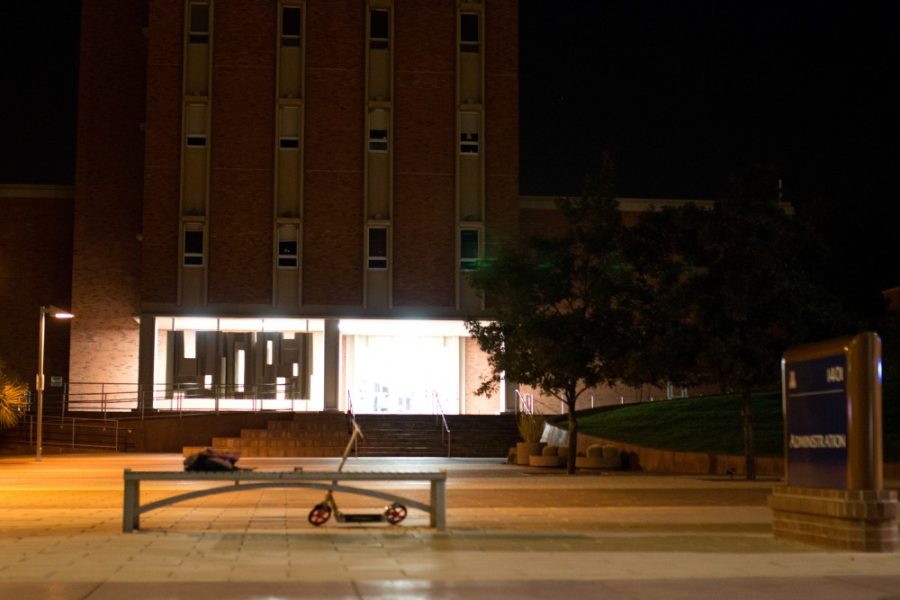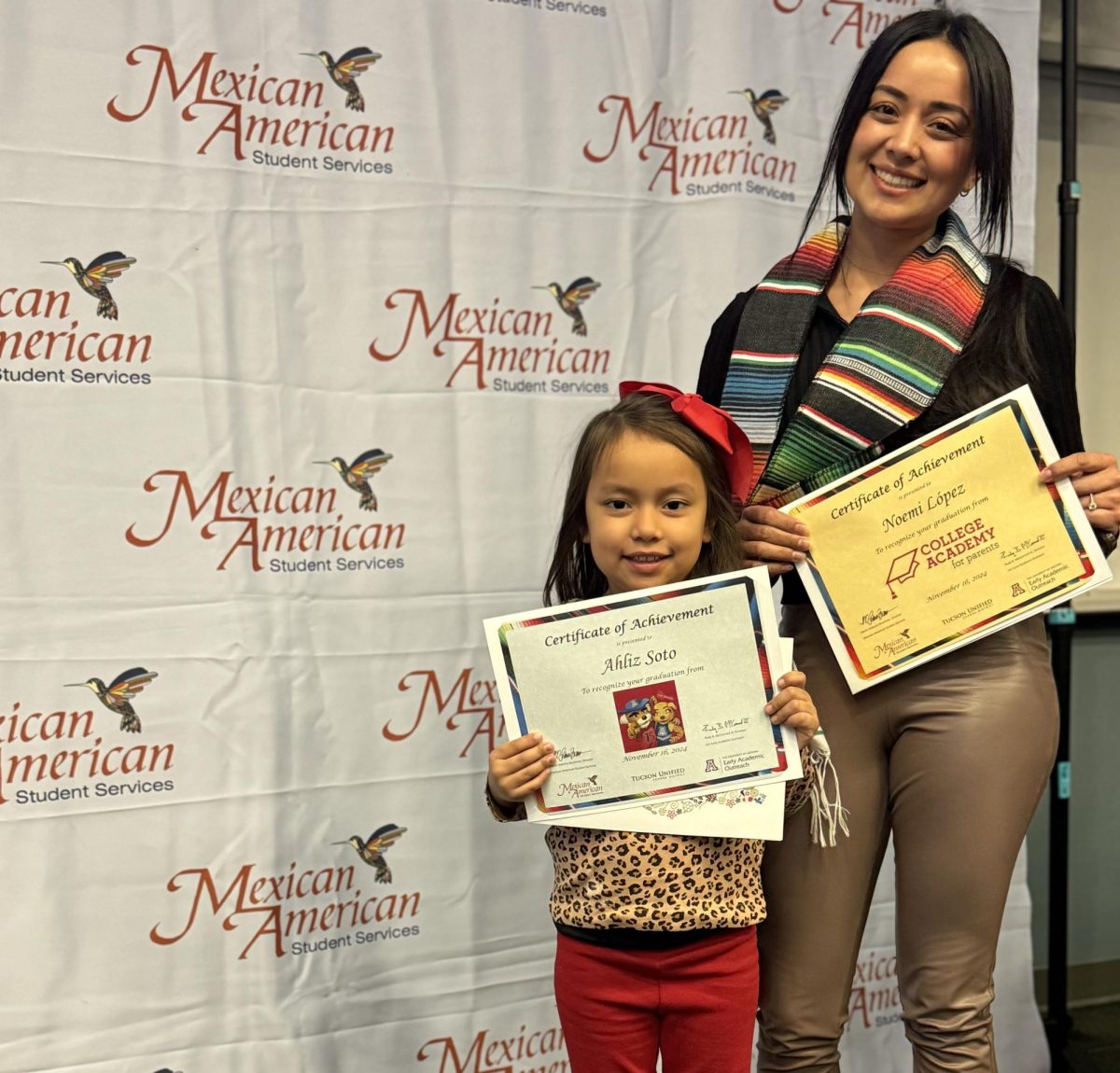With the cost of tuition skyrocketing as a result of state budget cuts, parents and students find themselves wondering if a four-year university is the best option.
Ambassadors from the Undergraduate Biology Research Program organized a panel discussion Nov. 12 to address where all the money from tuition is going.
According to Andrew Comrie, the provost and senior vice president of Academic Affairs, tuition all goes into a “big pot,” which is used to cover the average cost of educating a student — which ranges from $15,000 to $17,000.
Rick Myers, a member of the Arizona Board of Regents, said that in 2008 the state of Arizona contributed about 78 percent of the cost to educate a student. That number has now drastically decreased to just 34 percent, according to Myers.
“Those numbers just don’t make sense to me,” said Franchesca Aguirre, an incoming freshman hoping to major in public health. “This is why more kids are just automatically OK with going to community college rather than a university, and maybe if we got that percentage up more high school students would look more at universities and have better opportunities.”
For students like Aguirre, figuring out how to afford the four-year cost has been a constant worry.
“Going to a university seems like the best thing in the world until you really start figuring out how you’re going to get there,” she said. “My mom will support me as much as she can, but we don’t want to take out loans, so I will be working and helping out as much as I can.”
Since Myers became a board member almost six years ago, the state of Arizona contributed $1.1 billion to the three in-state universities. Over the last year, the state has only contributed slightly over $600 million, which is a loss of half a billion dollars toward education.
“It shocks me that the state could care so little when it comes to education,” said Robin Skinner, a UA alumna and a financially contributing parent of a current UA student. “Education should be one of the highest priorities, where funding is cut the least.”
While critics say that this generation is looking for free handouts, a UA alumna and mother of a current UA student, Suzanna Jimenez, said she disagrees.
“When I was a student here, I was low-income and it was hard, but it was possible and I did it. It is not like that … now for a student [trying] to put themselves through a four-year university,” she said. “I’m not asking for it to be free; I’m asking for it to be attainable.”
Aguirre commented on the high educational and professional standards of employers, saying that she feels government funding should help students reach them.
“The state and the rest of the country need to understand the next generation needs to be as educated as possible,” Aguirre said. “Everywhere, jobs are expecting the most qualified and educated candidates, and that won’t be possible if nothing changes or cuts get worse.”
Follow Elisabeth Morales on Twitter.









